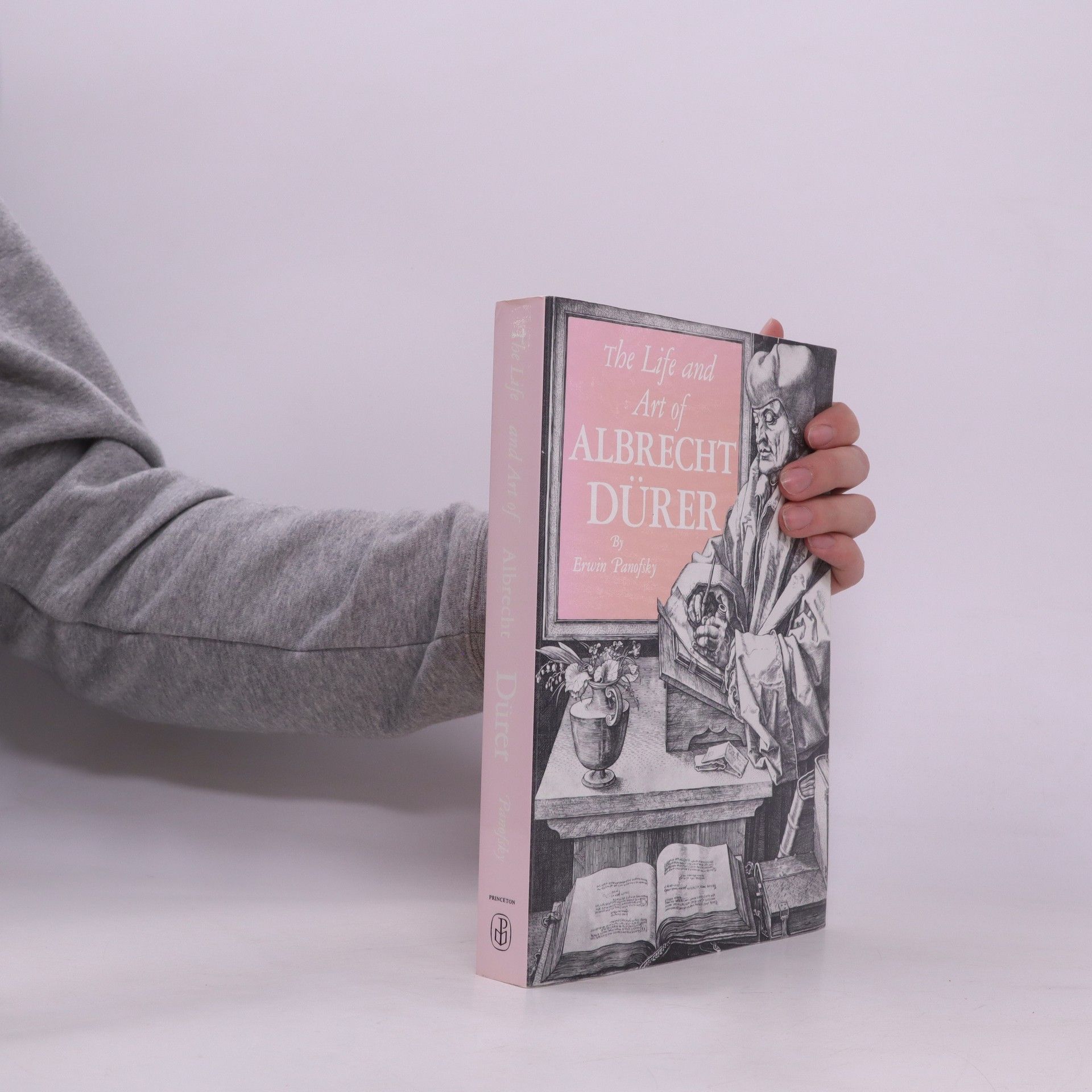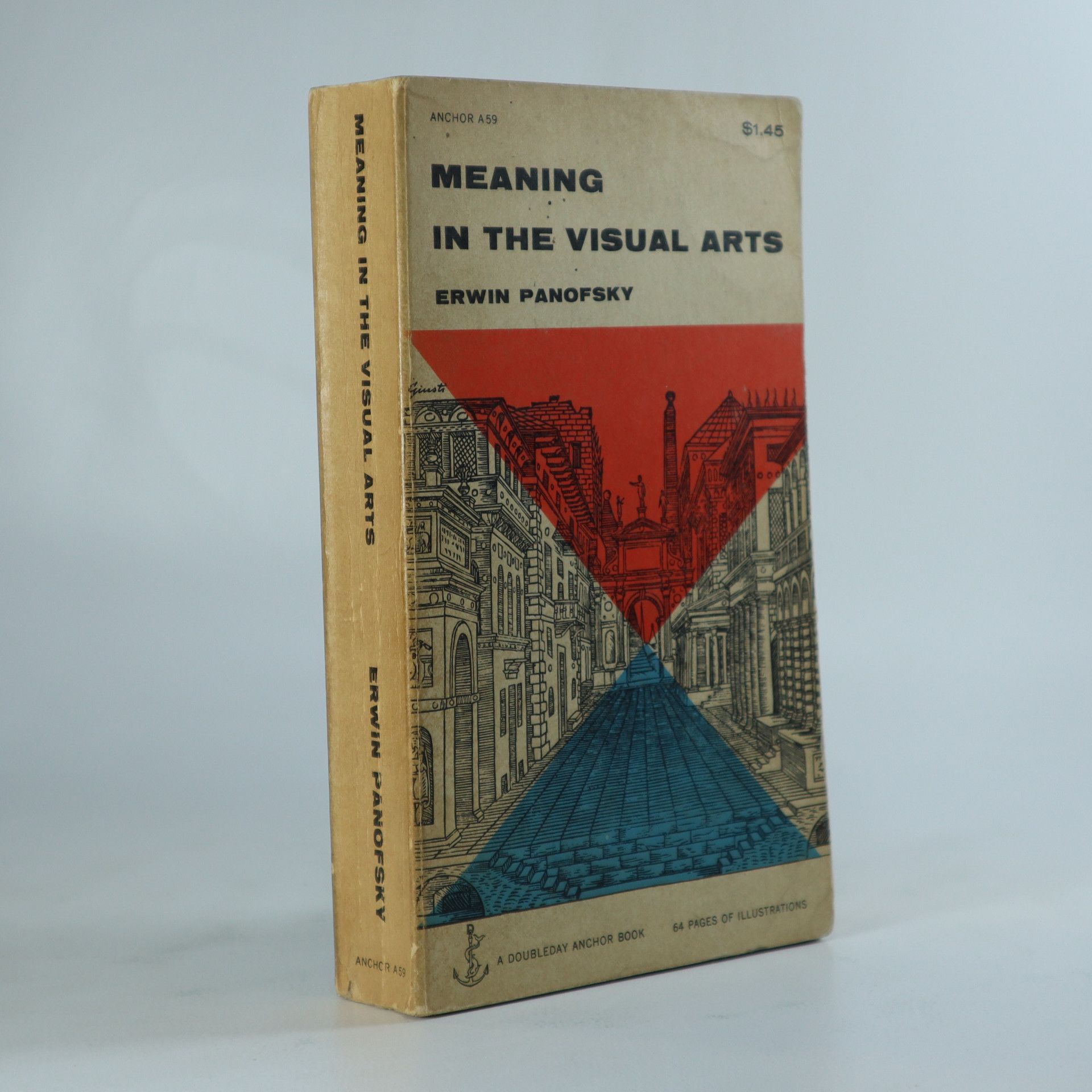Erwin Panofsky Libri
Erwin Panofsky fu uno storico dell'arte tedesco la cui carriera accademica fiorì negli Stati Uniti dopo l'ascesa del regime nazista. Il suo lavoro ha plasmato profondamente lo studio accademico moderno dell'iconografia, esplorando temi umanistici nell'arte rinascimentale e analizzando artisti come Albrecht Dürer. Le intuizioni di Panofsky sul significato e sull'interpretazione artistica hanno anche influenzato significativamente le teorie sociologiche contemporanee del gusto e dell'habitus culturale.







Die Wirkung Erwin Panofskys auf das kunstgeschichtliche Denken des 20. Jahrhunderts ist enorm. Als Mitbegründer der Ikonologie entwickelte er eine der einflussreichsten Methoden zur Interpretation großer Kunstwerke. In dieser Sonderausgabe wird sein grundlegender Text, in dem er sein dreistufiges Interpretationsmodell erläutert, erstmals separat veröffentlicht. Panofskys Ansatz umfasst drei Stufen: Zunächst erfolgt die Beschreibung von Form und Gegenstand, wobei alltägliche Erfahrungen und Kenntnisse stilistischer Entwicklungen in der Kunst erforderlich sind. Darauf folgt die Analyse der dargestellten Bedeutung, die Kenntnisse von Textquellen, wie biblischen Attributen der Heiligen, voraussetzt. Schließlich wird der „Wesenssinn“ entschlüsselt, was zur ikonologischen Analyse führt. Hierbei verbindet der Betrachter das Gesehene mit allgemeinen kultur- und geistesgeschichtlichen Kenntnissen zu einer umfassenden Synthese. Panofskys Modell war bahnbrechend, da es ein konsequentes, logisches Vorgehen vorschlug, das Anschauung und historische Fakten vereint und somit die Grundlage für Begriffs- und Theoriebildung in der Kunstwissenschaft bildet. Die anschließenden Kontroversen um die Gültigkeit seines Analysemodells verdeutlichen seine scharfsinnige und weitblickende Herangehensweise.
The Life and Art of Albrecht Dürer
- 500pagine
- 18 ore di lettura
The Description for this book, The Life and Art of Albrecht Durer, will be forthcoming.
Erwin Panofsky's Perspective as Symbolic Form is one of the great works of modern intellectual history, the legendary text that has dominated all art historical and philosophical discussions on the topic of perspective in this century. Finally available in English, it is an unrivaled example of Panofsky's early method that placed him within broader developments in theories of knowledge and cultural change. Here, drawing on a massive body of learning that ranges over Antique philosophy, theology, science, and optics as well as the history of art, Panofsky produces a type of archaeology of Western representation that far surpasses the usual scope of art historical studies. Perspective in Panofsky's hands becomes a central component of a Western will to form, the expression of a schema linking the social, cognitive, psychological, and especially technical practices of a given culture into harmonious and integrated wholes. Yet the perceptual schema of each historical culture or epoch is different, and each gives rise to a different but equally full vision of the world. Panofsky articulates these different spatial systems, demonstrating their particular coherence and compatibility with the modes of knowledge, belief, and exchange that characterized the cultures in which they arose. Our own modernity, Panofsky shows, is characterized by its peculiarly mathematical expression of the concept of the infinite, within a space that is necessarily both continuous and homogeneous.
Pandora's Box
- 199pagine
- 7 ore di lettura
Pandora was the "pagan Eve," and she is one of the rare mythological figures to have retained vitality up to our day. Glorified by Calderón, Voltaire, and Goethe, she is familiar to all of us, and "Pandora's box" is a household word. In this classic study Dora and Erwin Panofsky trace the history of Pandora and of Pandora’s box in European literature and art from Roman times to the present.
Michelangelo's Design Principles, Particularly in Relation to Those of Raphael
- 408pagine
- 15 ore di lettura
The rediscovery of Erwin Panofsky's manuscript reveals his in-depth thesis on Michelangelo, originally submitted in 1920 and thought lost. This work, now available in English, offers a comprehensive analysis of Michelangelo's artistic style, contrasting it with Raphael's, and situating both within the broader context of Western art. It highlights Panofsky's early intellectual development and reflects a pivotal moment in art history when formalist interpretations began to dominate over biographical analyses, providing fresh insights into the High Renaissance.
Der bedeutende Kunsthistoriker Erwin Panofsky emigrierte 1933 in die USA. Sein Arkadien-Essy erschien 1936 in der Oxforder Festschrift für den gleichfalls exilierten Philosophen Ernst Cassirer. Panofsky hatte entdeckt, daß sich das Arkadienthema im Laufe seiner Überlieferung grundlegend geändert hat. Es unterlag einem grammatikalischen Mißverständnis. Korrekt gelesen bedeutet die lateinische Wendung »Et in Arcadia ego« nicht »Auch ich bin in Arkadien geboren oder lebte dort«, sondern »Selbst in Arkadien gibt es mich« - nämlich den Tod. In seiner klaren Sprache beschreibt Panofsky die Entwicklung und den Wandel des klassischen Arkadienmotivs.
Tiziano : problemas de iconografía
- 328pagine
- 12 ore di lettura
Primera edición en español de la obra final de Erwin Panofsky, donde analiza la figura del célebre pintor veneciano y los significados de sus obras. Incluye un prólogo de Fernando Checa.


